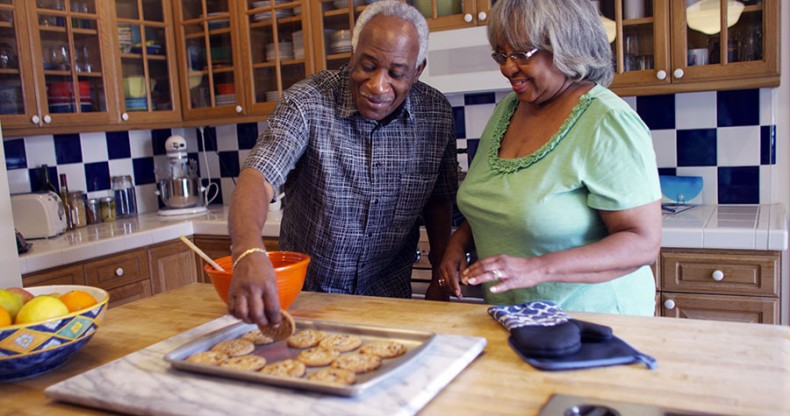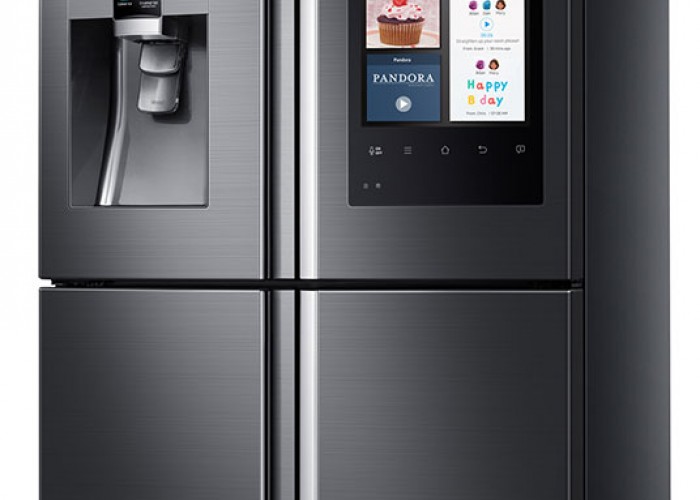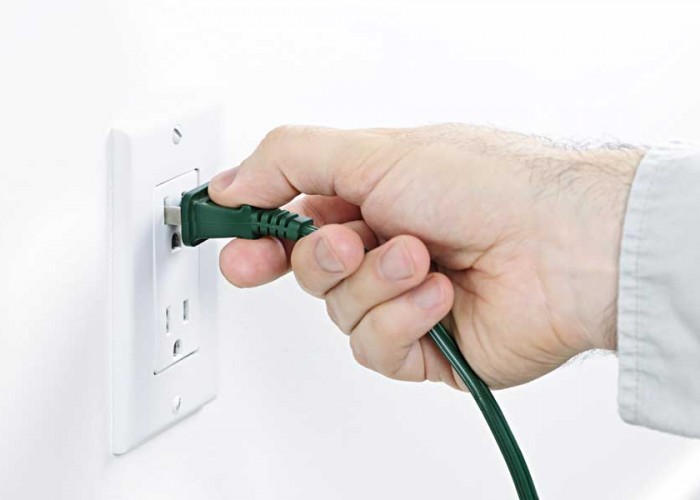More Cooking, More Convenience (and Savings)
Finding efficiencies in the kitchen
By Jonathan Susser
Q: Like many others, I got caught in a bit of a baking binge during the Safer at Home order. And now with the holidays coming up, how can I avoid higher energy bills if I’m using my oven so much?
A: Cooking and baking have certainly had their moments in the spotlight this year, and that should only continue as the weather gets colder and holidays approach. Fortunately, there is a menu of options to help you save time and money while in the kitchen.
Do you have a convection setting on your oven? Unlike a conventional oven, convection ovens/settings use a fan and an exhaust system to move hot air around the interior of the appliance. This feature helps heat food more evenly and evaporate moisture more quickly. Not all foods benefit from convection, but it can be useful for roasting, toasting or dehydrating, baking pies or pastries and making trays of your family’s favorite cookies (yum).
Convection ovens are less energy intensive than conventional ovens and can produce energy savings for two reasons: 1) your food will cook faster (about 25 percent faster) and 2) you’ll be able to set the oven to a lower temperature (typically, you’ll want to subtract 25 degrees Fahrenheit from a recipe that calls for a conventional oven; your oven may even do this for you).
If you don’t have a convection setting and aren’t in the market for a new oven, do not fear. There are other steps you can take. One is to cook multiple meals/items in your oven at the same time, which will reduce how much it runs overall. While it may take 10 to 15 percent longer to bake several dishes at once, it will be far less time and hassle than baking them separately.
Cook multiple items in your oven at the same time. While it may take 10-15% percent longer to bake, it will be far less time and hassle than baking them separately.
If using this technique with a convection oven, make sure there is enough space for the hot air to circulate and that the fan isn’t blocked. Trays and pans with lower sides are a safer bet for those browned and crispy finishes.
Smaller cooking appliances, such as toaster ovens, can also be swapped in to lend support where feasible. Nowadays these can do much more than just make toast; they can roast vegetables or meat, cook pizza, reheat leftovers and more. They also use less energy and may be easier on your back than your standard oven, and some have convection capabilities.
That reminds me: As tempting as it may be to open the oven door to heat your home or kitchen, let your whole-house heating system do that job and minimize injuries, hazards and possible poor air quality.
And here’s one final thing to keep in mind, particularly for the holidays: food waste. We waste a lot of food over Thanksgiving — as a country, on the order of 170 million pounds of turkey, 30 million pounds of stuffing and 40 million pounds of mashed potatoes. All this waste hurts our wallets and the environment.
This year, aim to stay on top of your portions by gauging how much food you’ll need based on your guest count. And compost, share or freeze any extras when you can!
-
Appliance Smarts
-
Share this story:





